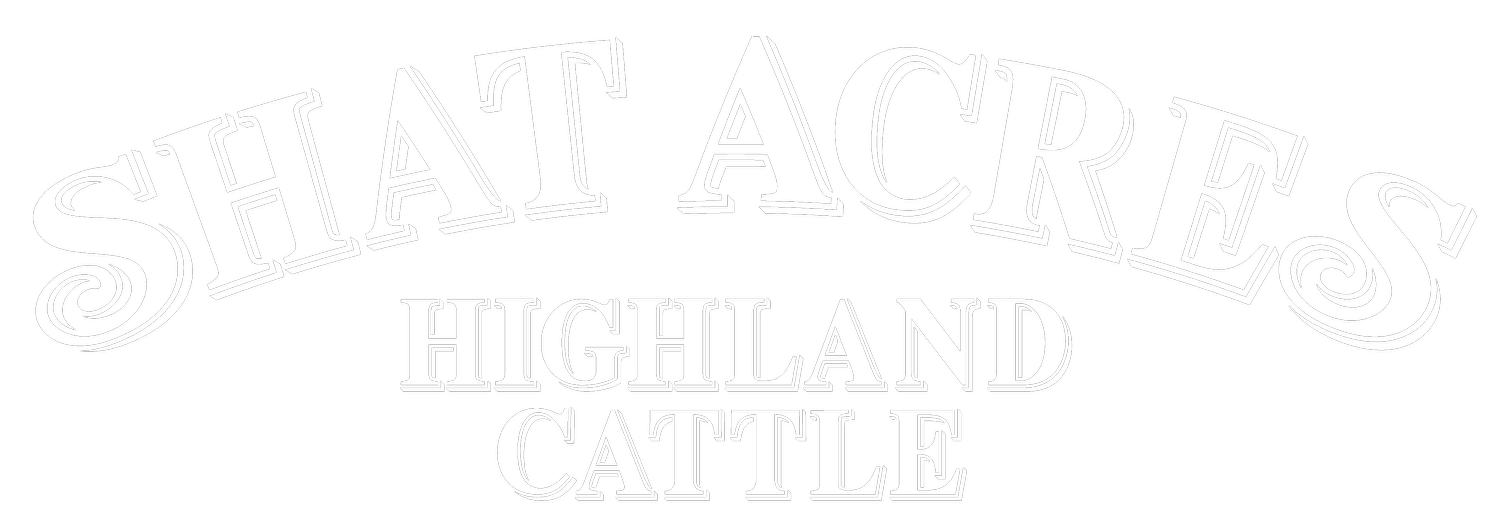New Spring Calf
I know Eve is not due until the 7th but she is usually a bit early, and there is a storm coming,” I said. Ray probably was not thrilled with having to trek down into the pasture and halter Eve, but off we went with comb and halter. I often think of ideas, but it is Ray who actually has to do the work to execute them. Eve was led her up to the barn and closed into a pen with fresh straw. It was 6 pm.
“I think I’m going to put the Moocall on Verbena. Even though she is not showing signs of being close to calving, I have her due date as today," I said. Verbena was in the paddock in front of the barn. Ray combed Verbena as I strapped the Moocall onto her tail.
At 9 pm Ray went to the barn to check the cows. He called me from the barn. “Eve is calving. She has passed the water sac. I'll come get the calving kit.”
An adult cow should complete the calving process within half an hour after the water sac comes out. A first calf heifer should birth the calf within one hour of expelling the water sac. I went back up with Ray to check Eve. Ray said a foot had come out but disappeared back within the cow. Ray said I should go back to the house to keep it quiet and calm for Eve. After 15 minutes I could wait no longer, and went back to the barn.
“It’s a boy,” Ray announced. “I've trimmed the navel and dipped it in iodine. I gave him the Vitamin E and Selenium shot. Let’s leave Eve and her calf alone for a while.”
At 1:30 AM Ray checked the new calf, Verbena and the other cows in the maternity paddock. “Nothing new,” he said when he returned.
At 4:30 am my phone pinged with a message from the Moocall. “Increased activity over the last two hours.” Our power was off. I told Ray he needed to go check Verbena.
Returning, he said, "Verbena has a calf. I got the calf and Verbena into a pen in the barn. I’ll give it the shot and trim its navel when daylight comes. By the way, it’s a girl!”
Eve’s calf nursed easily. Verbena’s not so easily. Perhaps the calf born outside had gotten more chilled from the wind and beginning snowstorm. After daylight, Ray got Verbena into the squeeze chute. I brought up a jar of honey. Ray put honey on his fingers and into the calf’s mouth. She sucked on his fingers, but not as vigorously as some might.
My job is to push the calf up to the cow while rubbing under the calf’s tail to simulate the mother’s licking. This rubbing stimulates the calf's sucking mechanism. With my other hand I combed Verbena's hair to relax her. Ray’s job is to guide the calf’s mouth onto a teat, and hopefully get it to start sucking. After a couple more attempts, repeating honey on fingers and then teats a couple more times—ignition!
Verbena’s calf successfully took in the necessary colostrum a couple of hours after being born. We are never comfortable until we see a newborn calf nurse. It took one more session later in the day with Verbena and her little girl in the squeeze chute. When we put mother and daughter back into the pen together the calf continued her dine on her own. Whew!
We were lucky. Eve calved just three hours after we led her from the pasture into the barn. If we had not put her in the barn last night, by the time we discovered this morning that she had calved at 9:30 last night it might have been too late for the calf. If we had not put the Moocall on Verbena last night, we might not have known to check her at 4:30 this morning.
Being proactive with both of these mommas gifted us with successful births and healthy calves. That is always our goal, but there are many factors that can lead to a less than happy ending. As all who farm know, not all farming days are good days. Today was a good day. And for that we are grateful.
